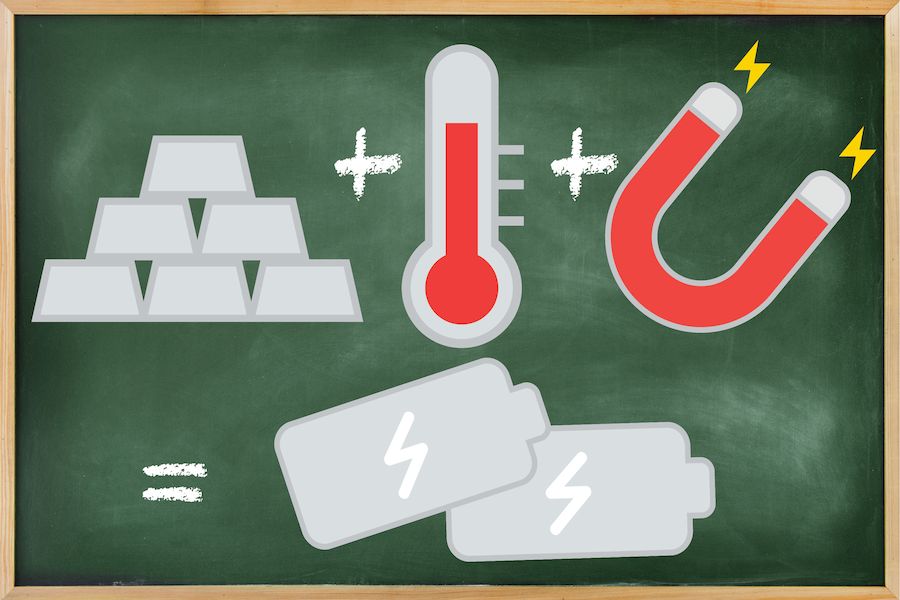
I’m reading some interesting research from MIT researchers, who have developed a substance with vastly improved thermoelectric properties.
Thermoelectric refers to the ability of a substance to emit electricity when one side is heated. Heat becomes electricity, essentially.
Such substances are currently available, but they are incredibly inefficient, capturing at most 8% of the heat energy. But the MIT researchers found a way to squeeze a lot more electricity out of the process.
In their concept, the thermoelectric material is heated – as always – but also is subject to a strong magnetic field. This magnetic field helps divert electrons toward one side of the material, creating the electricity. They’ve been able to more than double the electrical output of a thermoelectric setup using this approach.
That’s all fine, but then I wondered whether the opportunity might exist in the future for a kind of “thermoelectric” material for use in 3D printing.
Imagine if you could, with a multimaterial 3D printer, produce an object with an embedded thermoelectric element that could capture heat and transform it into electricity.
We’ve already seen others develop electrically conductive filaments that can, with the same type of 3D printer, drop crude electrical circuits embedded deep within an object, tracing three dimensional pathways.
But those electrical ventures are merely the wiring and not the power source. Usually a void is created to accommodate a battery, or a plug connection is created to absorb external power.
In the future it may be possible for a 3D printed object that’s near heat to generate its own electricity.
Another use for this technology would be to contribute to a power bus within an entire system. Within some product designs there may be several areas in which heat is generated. An efficient approach might be to identify each such area and enclose it with a 3D layer of thermoelectric material to capture the energy and add it to a central supply.
But this is all entirely speculation and we’ll have to wait until the researchers finalize and commercialize their discoveries.
Via MIT

